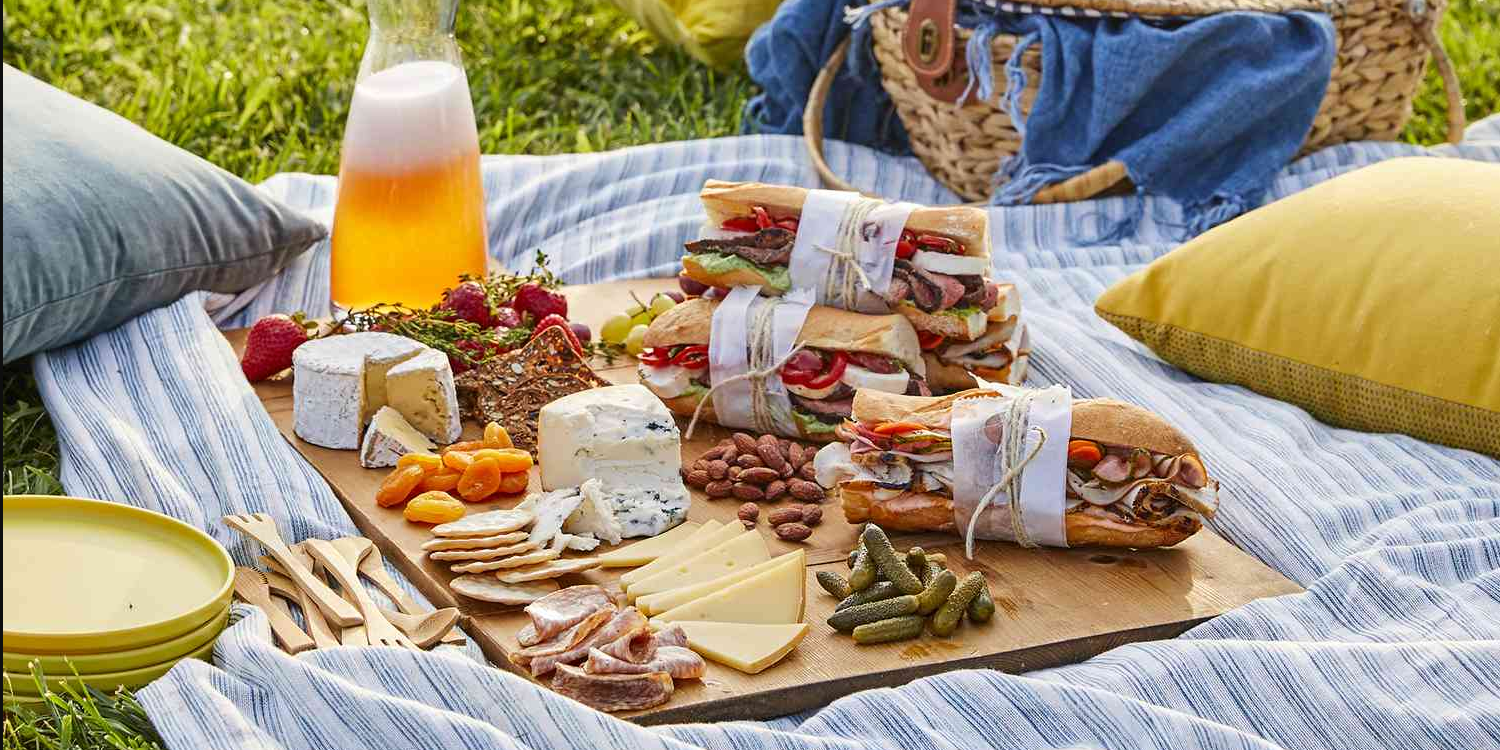The picnic, which used to be somewhat forgotten, is making a huge comeback. Instagram-worthy settings all over the US prompt individuals to go outside for their next dining adventure. If you’re planning your next outdoor meal with dear friends or family members, be sure to check out the brief history of picnics. You’ll wow everyone around you with some fun facts!

Brief History of the Picnic
In modern times, picnics are primarily associated with living outdoors and enjoying the fresh air. However, the word “picnic” has far more peculiar beginnings. For starters, the word first appeared in the early 17th century, more specifically – in a French poem, which featured a character who loved to indulge himself. Back then, it seems, the word was used to describe a gathering of people, where every participant brought something to drink or eat.

The practice was adopted by the English (as it usually happens), so the English picnic could finally come to life on its own. In 1801, a group of Francophiles created the Pic-Nic Society in London. In order to become a member, every participant had to bring a dish and six bottles of drink to the indoor party rooms at Marylebone, London, where the society would organize their meetings.
So, what did the Pic-Nic Society members do? Pretty much what the character in that French poem did – they enjoyed food and drink, and often combined it with games and amateur dramatics. As you might expect, most members of English society didn’t like the Pic-Nic Society, with some high-established politicians claiming it to be a “threat to morality.”
Lord Byron’s Contribution
The Pic-Nic Society and their meetings inspired the renowned English poet Lord Byron. He wrote a satirical poem in 1809 called “English Bards and Scotch Reviewers,” which largely condemns people who go on “picnic” (i.e. were members of the aforementioned society.) According to some historians, the society finally came to an end in 1850, probably not because of Lord Byron’s satire in verse, for his poem was initially published anonymously.

With the end of the Pic-Nic Society came the modern-day picnic as we all know it. According to some historians, picnics became popular with the industrial revolution. For the first time ever, going for a “country escape” became fashionable. Before they knew it, the Victorians were preparing big baskets with food and drink and gathering cozy blankets for their next outdoor dining adventure.
Picnics in the 19th Century
By the beginning and middle of the nineteenth century, picnics had become so popular that prominent writers of the time would include cozy nature escapes with baskets filled with complex meals and drinks in their works. For example, Jane Austen writes about a picnic in her novel Emma.

Think twice if you consider the old picnic to be just as carefree as it is today! The menus used for these gatherings were incredibly complex, to put it mildly. We find evidence of what our predecessors might have used to fill their baskets in Mrs. Beeton’s Book of Household Management. There, recipes for outdoor dining gatherings of about 20 people include lobsters, bubbly drinks, roast fowl, and many more.